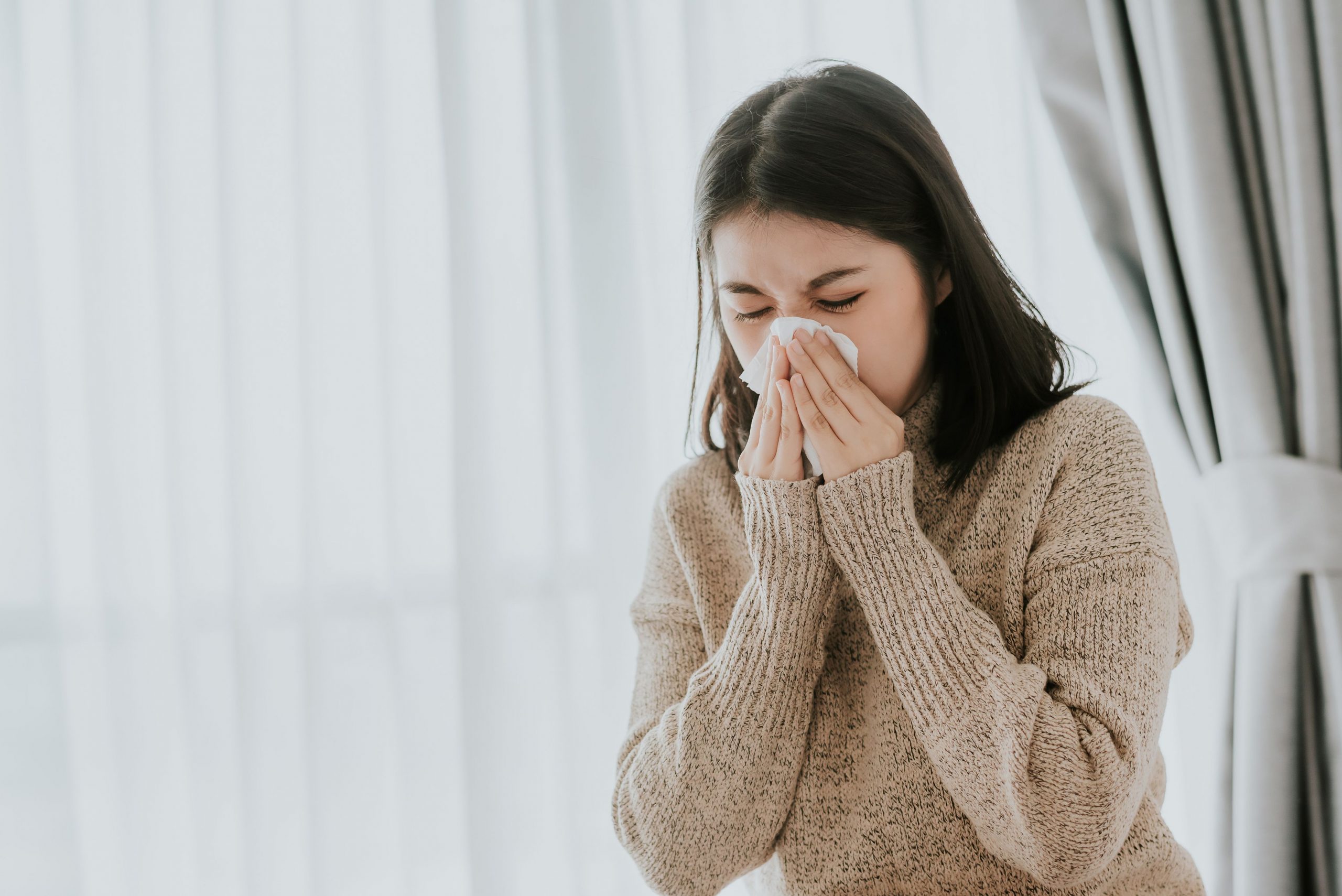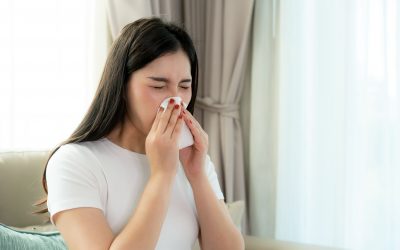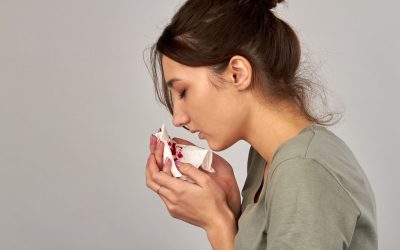

What’s the difference between rhinitis, allergies and sinusitis?
Rhinitis is the inflammation of the nose, while sinusitis is the inflammation of the sinuses (pockets of air around the face). Sinusitis is also known as rhinosinusitis (a bad flu), as both the nose and sinuses are often affected.
Follow us on WhatsApp for the latest updates: https://bit.ly/AsiaMDWhatsAppEN
Most patients who believe they suffer from “sinus” problems actually have allergic rhinitis, also known as nasal problems related to allergies. In Singapore, 5.5% of the adult population and 44% of school-going children suffer from allergic rhinitis. According to research done by Dr Samuel Yeak (Rhinitis in Singapore, November 1996, Tan Tock Seng Hospital), fewer than 5 per cent of the population suffer from true sinus problems.
1. Rhinitis
Rhinitis occurs when the mucus membrane in the nose becomes inflamed and swollen. Common symptoms include:
- Runny nose and postnasal drip, which can trigger coughing
- Blocked or stuffy nose
- Sneezing
- Watery and itchy eyes
- Itchy or sore throat
When symptoms last less than six weeks, you have acute rhinitis. This is usually caused by a bacterial or viral infection, like the common cold.
If symptoms persist for longer, you have chronic rhinitis. This can be divided into allergic rhinitis (or hay fever), and non-allergic rhinitis.
| Type of chronic rhinitis | Symptoms and causes |
| Allergic rhinitis/ hay fever |
Allergic rhinitis is triggered by allergens like dust, dust mites, pet pander and pollen. Additional symptoms include:
Allergic rhinitis is the most common chronic allergic disease in children, and accounts for 50 percent of childhood rhinitis in Singapore. It significantly affects quality of life, and may worsen asthma, ear infections, eczema and sinusitis. Both genetic predisposition and environmental exposure can increase the risks of allergic rhinitis. Allergic rhinitis can be passed down from one or both parents to their children. Exposure to allergens, through pets and stuffed toys, may also cause allergies to flare up. |
| Non-allergic rhinitis | This is usually caused by a chronic infection, or structural abnormalities like a deviated septum. This is when the septum wall between the nostrils is off-centre, restricting air flow and mucus drainage. Most of the time, no cause is found. |
2. Sinusitis
Sinusitis or rhinosinusitis occurs when sinuses become blocked, filled up with mucus, and become infected. This can be caused by the common cold, hay fever or nasal polyps (small lumps inside the nose).
Symptoms include:
- Headache
- Fever
- Painful cheeks
- Hoarse or sore throat
- Nighttime cough
- Yellow or green mucus, sometimes with blood
- Nausea and fatigue
When symptoms last for less than three months, you have acute sinusitis. Chronic sinusitis lasts for more than three months.
Viral sinusitis is the most common form of the disease, followed by bacterial sinusitis and fungal sinusitis. Fungal sinusitis is usually seen in patients with a weakened immune system.
This article has been verified medically by Dr Samuel Yeak, otorhinolaryngologist and ENT specialist at Amandela ENT Head And Neck Centre Singapore at Mount Elizabeth Novena Hospital (Singapore).







0 Comments
Trackbacks/Pingbacks